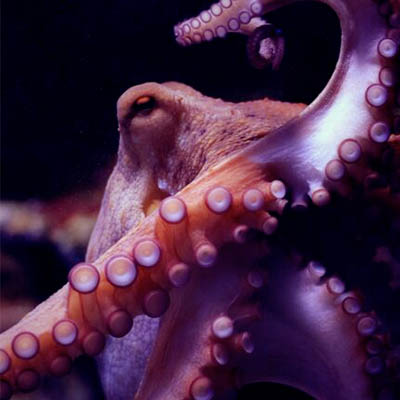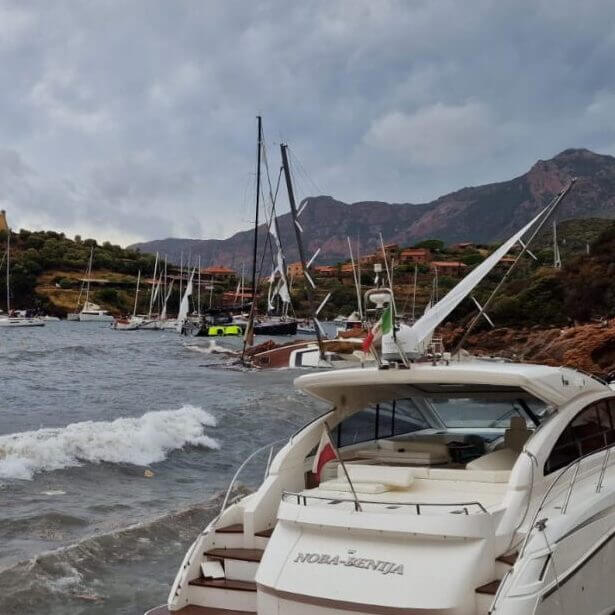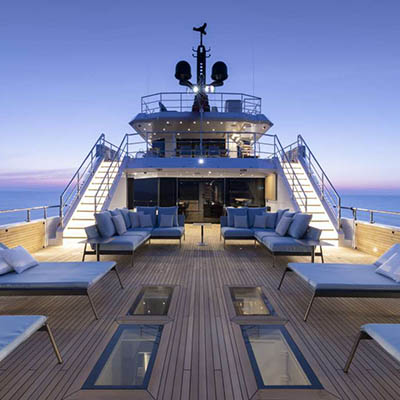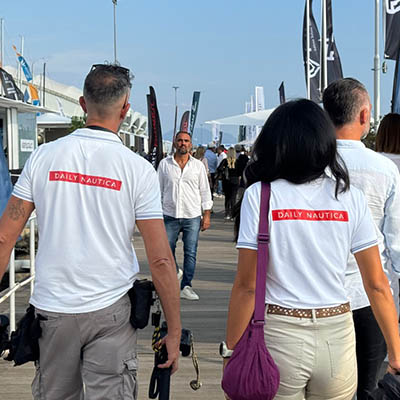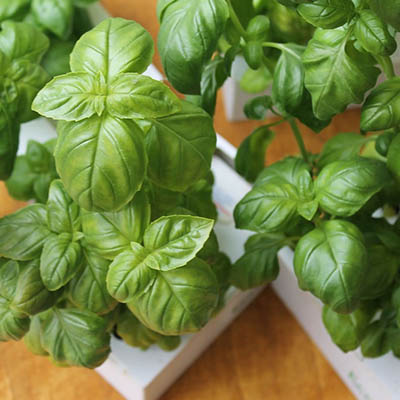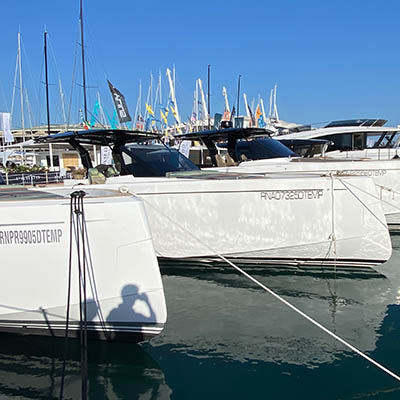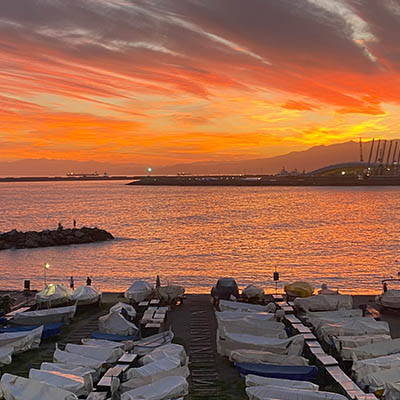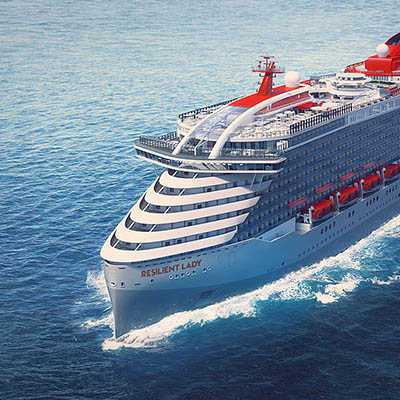The 1-million-pound project to save the “HMS Unicorn” the oldest ship in Scotland
The HMS Unicorn was a part of the Royal Navy and is one of the three oldest ships in the world To protect her and give her a new home will cost over 1 million pounds
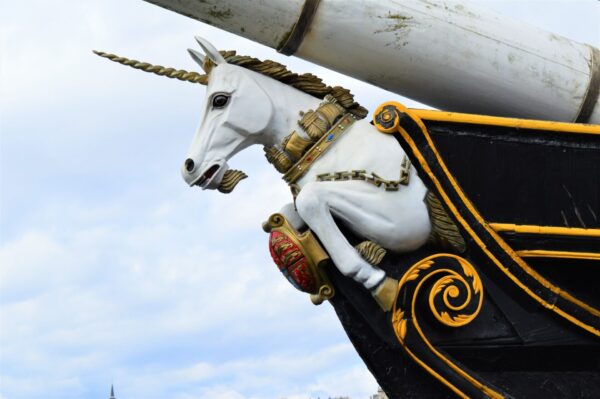
The HMS Unicorn was a part of the Royal Navy and is one of the three oldest ships in the world To protect her and give her a new home will cost over 1 million pounds
The HMS Unicorn, one of the three oldest ships in the world, and the oldest in Scotland, has faced a number of challenges throughout the last few years. Between restructuring works and the pandemic, the ship has been closed to visitors for a long time. In spite of these difficulties, the Unicorn Preservation Society volunteer group never lost hope and organised a fundraising campaign to save the legendary ship.
The HMS Unicorn was built for the Royal Navy in 1824 and had a number of roles out of the Scottish city of Dundee. For nearly 100 years it was used for training the Wrens, the famous female corps of the United Kingdom’s Royal Navy; it was then used as a training ship for the Royal Navy Reserves until 1960. It has never sailed in the open seas, nor has it ever taken part in a battle. However, thanks to its simple roles, the HMS Unicorn has become a part of Scottish history and more. Now, 200 years after she was launched, she is still docked in the city of Dundee at the Victoria Dock.
THE RESTORATION PROJECT
For its age, the HMS Unicorn is still in fairly good shape but, after a survey by the Unicorn Preservation Society, a number of structural weaknesses were found. Indeed the hull has a number of critical areas where the wood is slowly rotting due to weathering. It is estimated that over 1 million pounds will be needed to resolve the problem and move the ship into a careening basin for further conservation works.
The Society is planning to move the vessel to the East Graving Dock in Dundee, as part of the Safe Haven project. This project has the HMS Unicorn as the centrepiece of the new Dundee Maritime Heritage Centre.
HISTORY OF THE HMS UNICORN
Built as a 46-gun frigate during the reign of King George IV, the HMS Unicorn was the result of new technology discovered during the Industrial Revolution. Its singular design combines two important periods in naval design: traditional woodworking craftsmanship from the 18th century and the emerging iron technology of the 19th century.
Thanks to the work of the architect, Seppings, and the progress of the Industrial Revolution, the ship has a number of innovative characteristics. The Unicorn contains early examples of ironwork including diagonal bracing straps through the hull and iron knees which support the decks. This ironwork strengthened the ship and produced a more rigid structure. Another element of interest is its unique elliptical stern.
ORIGIN OF THE NAME
At this point it is interesting learn a bit more about the most unusual element on this vessel. Yes, we are talking about the unicorn. The use of this mythical creature as a figurehead and as a name for the vessel has an explanation. The unicorn is Scotland’s emblem, a symbol of pride and freedom. It was used for the first time on the Scottish royal coat of arms by William I to symbolise the Scottish dominion in the XII century. From then on, the Royal Navy began using the unicorn as a symbol for some of their better known battleships.
Topics: Daily Nautica, HMS Unicorn, oldest ship in Scotland










